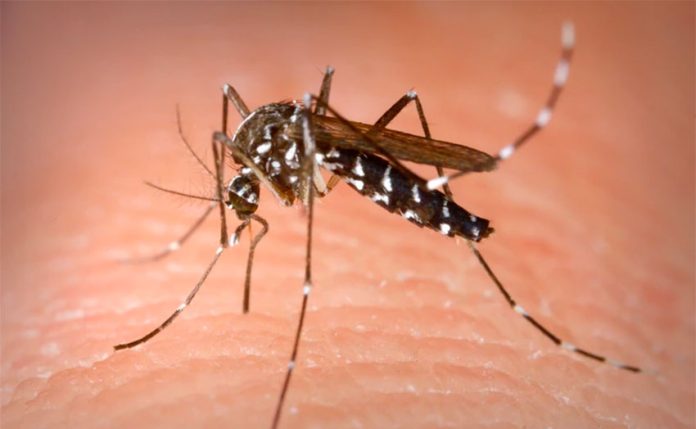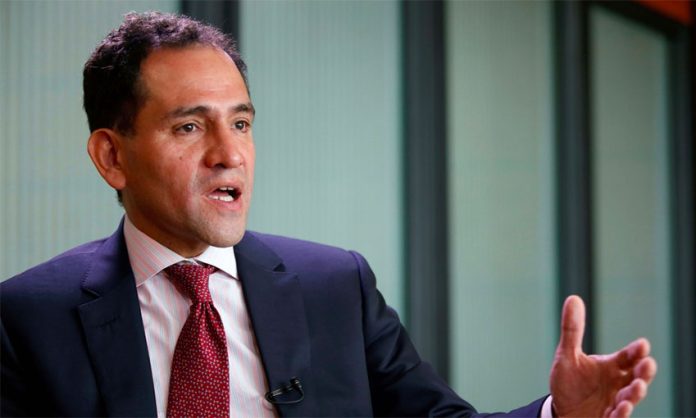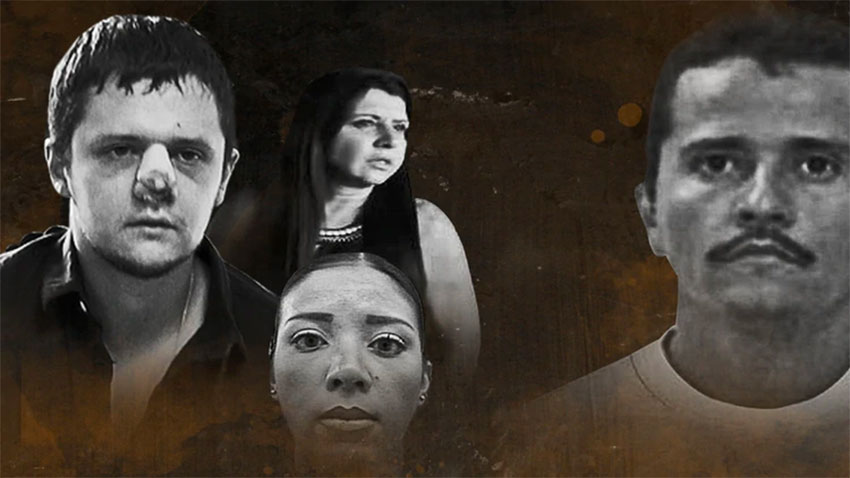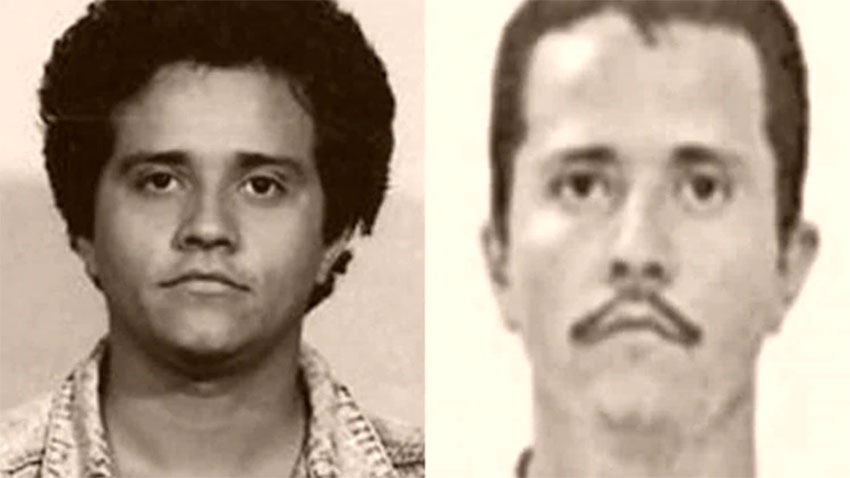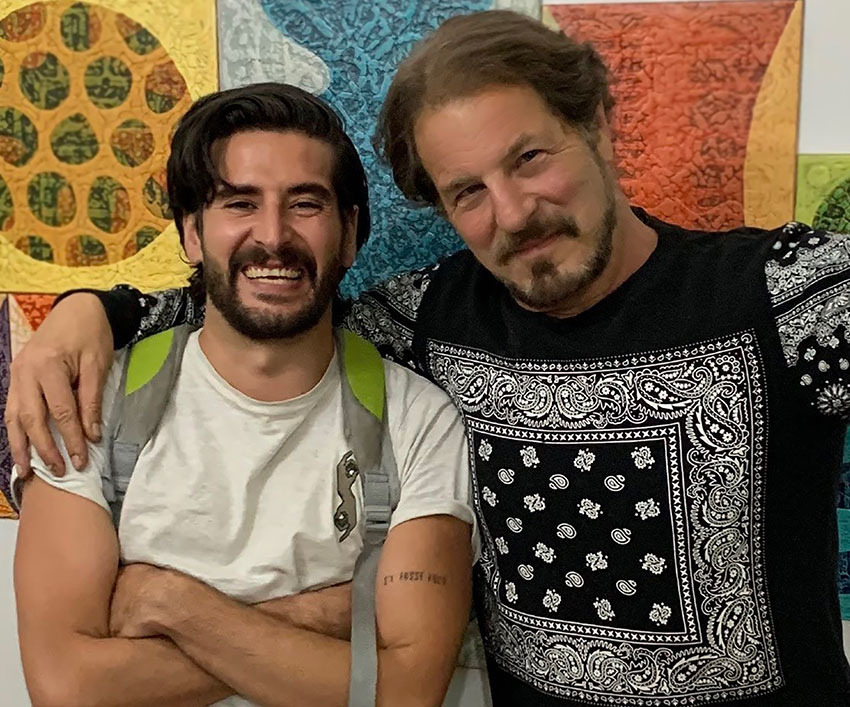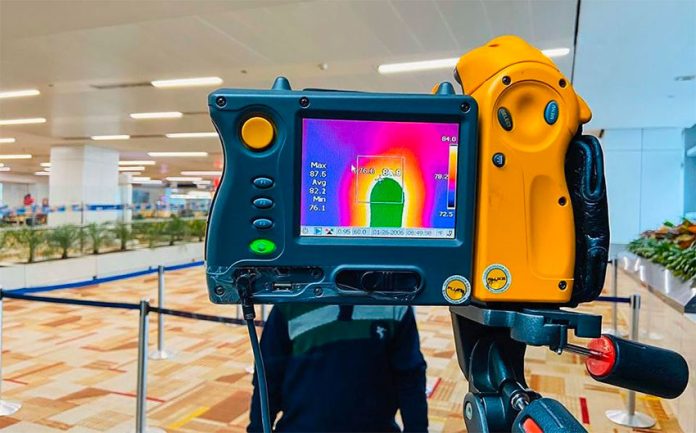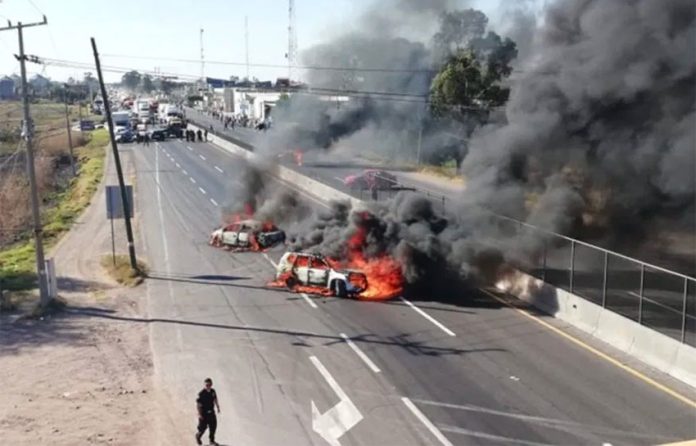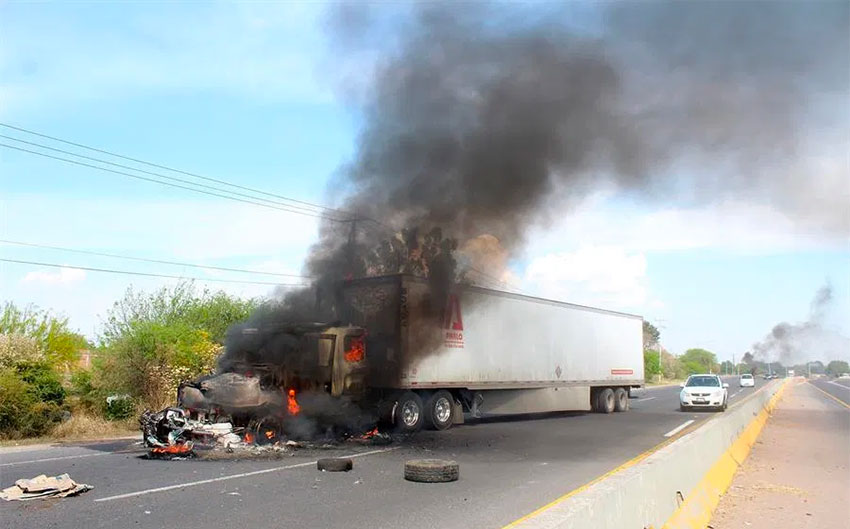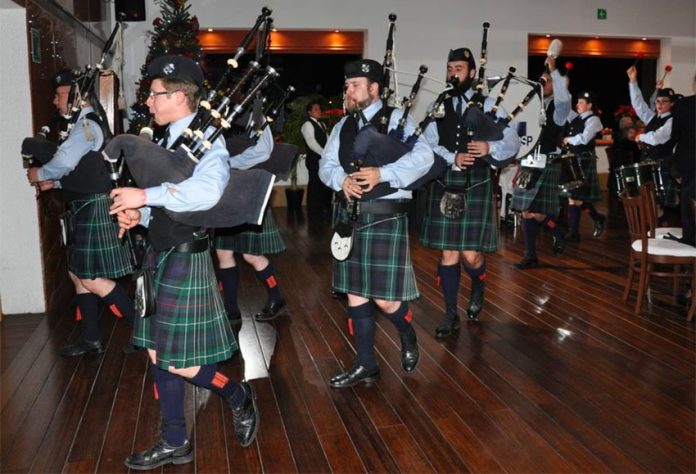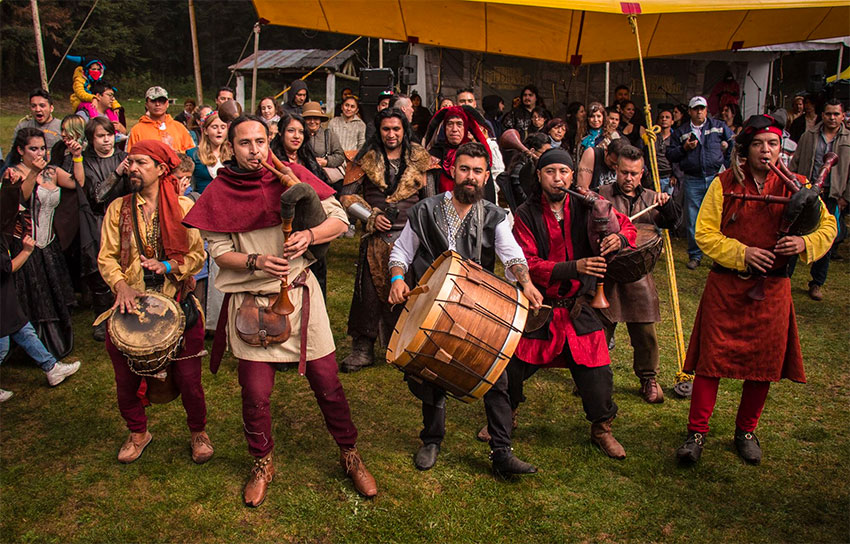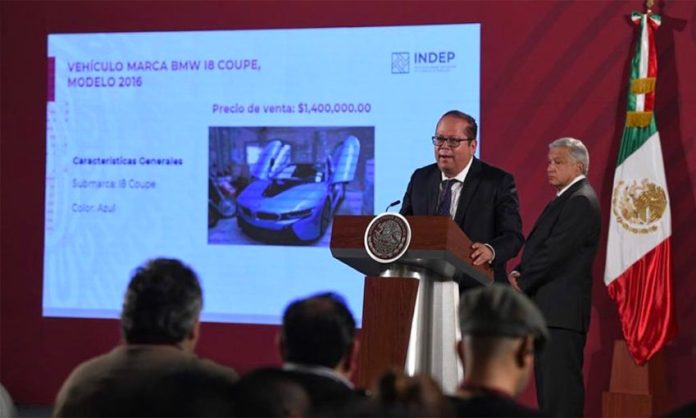There’s hand sanitizer in the supermarkets. Baristas in the local coffee shops are donning protective face masks and Mérida airport has already set up its own quarantine zone. From the beginning of February, before a single case had been confirmed in the country, Mexico had vowed to the people to learn from the swine flu epidemic, setting up a toll-free number and testing potential carriers.
Yes, Covid-19 is in Mexico (eight confirmed cases), but after briefly sliding their medical mask below their mouth, those on full alert will almost certainly explain that it’s “better to be safe than sorry.”
They may be right, but the panic-to-reality ratio in Mexico currently is incredibly lopsided. The confirmed cases currently span six federal entities, with suspected cases bringing the number of “danger states” to 14 in total. Many of these have only one suspected case, let alone any coronavirus patients.
No deaths have been reported as of yet as a result of Covid-19’s outbreak in Mexico. But the virus itself isn’t the only thing spreading like wildfire. The reaction is far outweighing the facts of the current situation; it seems as if “corona fever” has overtaken coronavirus.
It is of course understandable to have a knee-jerk reaction to the sort of global panic caused by an unknown virus the origin of which no one truly understands, and the destination even fewer have an answer for. Italy has effectively closed its entire country, the United States is slack-handedly imposing travel bans, and residents of Wuhan, China, itself remain indoors in self-quarantine — a state of affairs that could make the strongest knees wobble. But why is it that global scares such as this one are able to galvanize such a response, more so than something arguably far worse albeit on a more local scale?
Enter stage left, our old and consequently forgotten friend, Tropical Disease. This isn’t a huge twist for the people of Mexico. Countless waves of new and exotic illnesses are able to make their way through the humid incubation of Latin America and up into the lower regions of the country. Dengue fever, for example, has been present in southern Mexico for years, continuing to spread perhaps less dramatically but consistently throughout the tropics.
While coronavirus has an untreated mortality rate of something in the region of 2-3%, dengue left untreated will kill 20% of the infected. In January, cases of dengue in Mexico skyrocketed by 62%, killing 19 people — there were 441 confirmed cases throughout the country with 223 being considered serious. Of course, rates of infection naturally differ between these two diseases, but even so, the measurable difference in people’s reaction to mortality across both shows how far a media storm can stir the panic.
There is a chasmic double standard demonstrated here, and the numbers simply don’t add up. In “high risk” dengue states like Yucatán, Quintana Roo, Veracruz and Oaxaca, you couldn’t hope to raise an eyebrow with the mention of the disease but Covid-19 is a very different story. With coronavirus, Mexicans are able to see the fallout of a wider global outbreak, scenes that perpetuate the alarm in their own heads; but a close look around the south wouldn’t show a dissimilar story.
Southern Mexico is historically overlooked, not just by ongoing administrations, but also by Mexican media itself. Health services in the south are particularly fractured owing partially to a lack of economic investment, but also to the fragmented nature of its populous areas. Away from the tourist beaches, the southern states have some of the most isolated and marginalized communities of the entire country and millions of people struggle with access to healthcare, as well as the means to obtain it.
It has been far too easy for the (n)ever-rotating governmental structure to pay lip service to the problem and even easier for the media to ignore the reality when crisis inevitably does sweep the region. Luckily for the powers in Mexico City, the effects of devastating tropical illness are conveniently sequestered on a tropical spit, far enough away to be ignored if necessary.
Mexico is understandably concerned with its global reputation. An international crisis pits nations against one another as to which will react swiftly and with confidence, and which will again stumble in the face of such an obstacle. While the current administration continues to claim that the well-being of the southern states is a high priority, their reaction to Covid-19 exposes an emphasis on image across borders as opposed to responsibilities at home.
Part of this incessant transmission of calmness and control surely comes down to worries for the potential collateral damage to the crucial tourism industry. The government has always been understandably preoccupied with the preservation of these dollars, and the hope is that a uniform message of competence on the world stage may limit the impact of nervous travelers who are set to avoid the risk of vacation. A grand reaction for global issues works perfectly in tandem with a muted response to more local news; the first affirms that all is in capable hands, the latter subtly quietens what may pass unnoticed.
Naturally, almost immediately following the outbreak in Europe, the government was vociferously reassuring the country and the world that it was on alert and prepared to deploy counteractive measures: AMLO could be found repeatedly proclaiming readiness at his daily morning press briefings. The federal Health Ministry followed closely behind saying that the country is in a “phase of permanent monitoring” and is totally prepared for the treatment or isolation of patients.
It is easy to see how this may not only have fueled the mad scramble nationally to prepare and protect, but also the frustrations of a region whose voices have been silenced in uncannily similar circumstances. It can be hard to take Mexico’s response seriously within a context that shows its relatively indifferent response to domestic epidemics.
If one is prone to give the Mexican government the benefit of the doubt, a truth self-evident would simply be an inherent operational failure within its very system, whatever best intentions lie at heart. Whichever way the hand of government falls, be it to intervene in said crisis and quell the chaos or to look the other way and focus on “greater” issues, it will always lack the economic and structural agency to see a solution to fruition.
Despite this reality, Mexico continues to deal in voices, either loudly claiming to be able to contain an uncontainable disease or silently brushing the issue to one side. As always, however, the government is aware that it can’t be seen to fail the world — but all too often, no one cares when it fails the south.
Writer Jack Gooderidge is based in Campeche.
